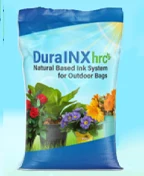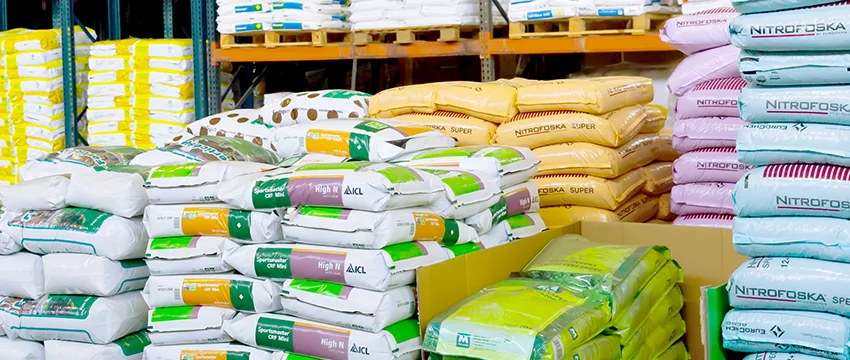The Importance of Weatherability for Outdoor Packaging Applications
Highly durable and weatherable inks ensure packages withstand the test of time
The weatherability properties of ink will determine how well your printed packaging can stand up to environmental exposure and print service providers know the importance of providing their customers with quality prints that withstand the test of time. Let’s explore these properties, the types of weatherability tests available, and why weatherability matters.
What is weatherability?
Weatherability is the action of weather conditions in altering the color, texture, composition, or form of exposed objects. As ink manufacturers we tend to put measurable data on how resistant an ink is to those external elements such as sunlight, moisture, heat, and humidity.
How Weatherability is determined?
There are several custom and ASTM [American Society for Testing and Materials] methods that are used throughout the packaging industry to simulate outdoor exposure. The three main types of tests are natural, accelerated outdoor, and laboratory.
- Natural outdoor testing exposes specimens to the sun and weather, either directly or behind glass. Two benchmark climates are typically used for products sold in the U.S.: hot, humid subtropical Florida and the hot, dry Arizona desert. Other sites are used where appropriate to other markets. Outdoor testing frequently takes years of exposure, and weather conditions vary with time, making it difficult to compare results of tests made at different times and places.
- Accelerated outdoor testing uses solar-tracking and/or concentrator systems to expose specimens to real outdoor weather while increasing the exposure to solar radiation. These methods can obtain useful results at least eight times faster than with real-time weathering.
- Laboratory testing uses specialized environmental chambers and artificial light sources that provide excellent repeatability and reproducibility, as well as much faster results than real-time testing. Various environmental controls and light sources (e.g., fluorescent, carbon and xenon arcs, or metal halide) are available. Each has unique spectral characteristics and ability to match solar radiation in the critical wavelengths needed to predict material performance.
Frequently, a combination of exposure techniques is used to achieve the dual goals of good correlation to service performance and short test times.

The Benefits of Weatherable Ink
Weatherable inks are designed to resist UV radiation, heat, and moisture damage that can occur with outdoor exposure over a certain period. These inks are less susceptible to fading, cracking, and flaking with prolonged exposure. This means they will retain their appearance longer even in the harshest of conditions. In addition to fade resistance, other weatherability properties include rub and scuff resistance as well as non-skid and stacking properties. This makes inks formulated for outdoor weatherability performance the ideal choice for outdoor bag applications.
INX International offers highly weatherable and durable inks in almost all ink categories including solvent based, water based, and UV/EB chemistries.
Conclusion
Weatherability plays an important role when it comes to producing quality packaging for outdoor applications. By understanding what makes an ink weatherable and the knowing needs of the end use application, you can rest assured your printed package will stand the test of time and remain vibrant and beautiful regardless of outdoor exposure!











